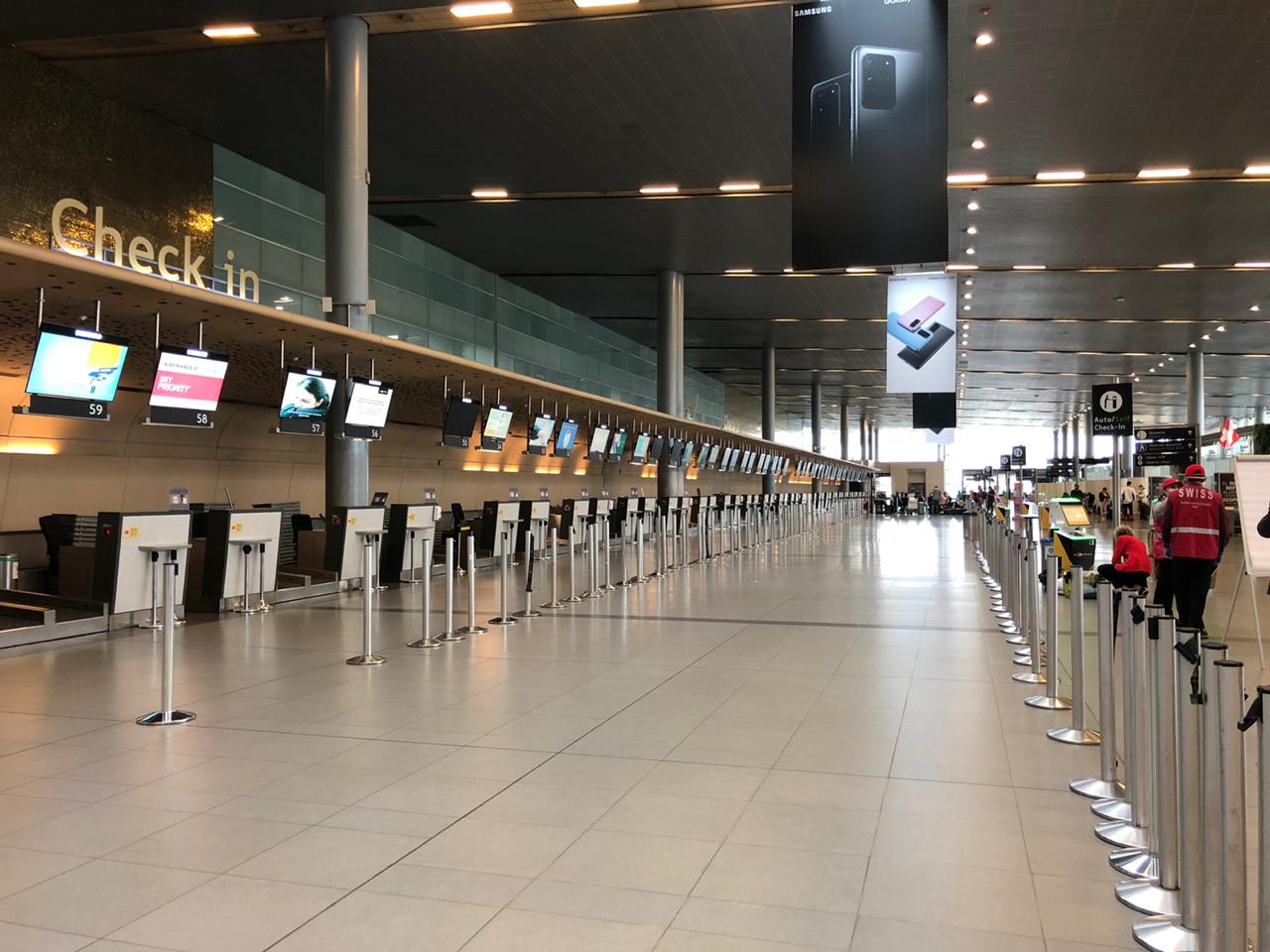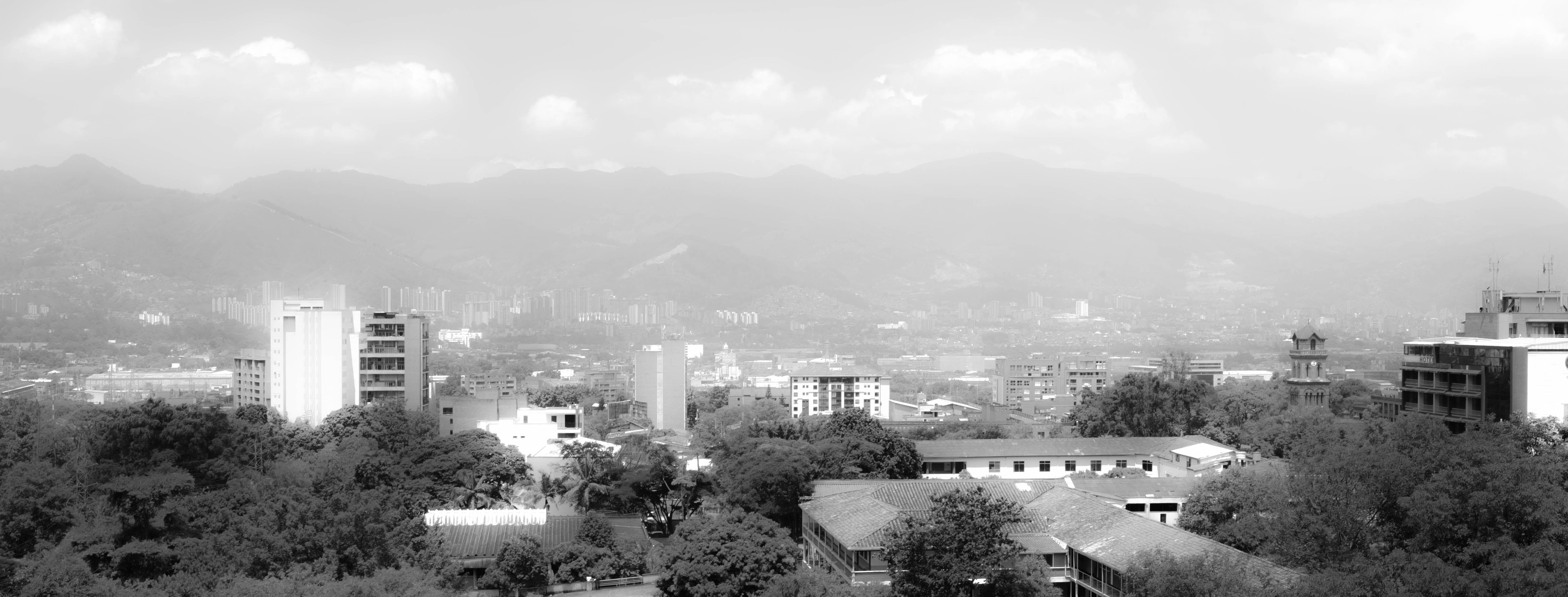Let’s get some of the basic myths out of the way before we start. Crime in Bogotá isn’t as bad as it used to be and yet also isn’t nearly as good as it could be. Within living memory, in the 80s and 90s, things were much worse. However, compared to most world cities, Bogotá is seriously dangerous, with around three homicides a day.
What probably frustrates regular citizens more than anything else, though, is the sheer lack of activity from the police. One of the reasons it’s so hard to get decent crime stats is simply that many people won’t even consider reporting incidents as they don’t believe anything will get done.
While crime in Bogotá is at the top of many citizens’ concerns in the city alongside transport, it’s often given short shrift by politicians, both at the local and national level. Despite all the pretty words and head-nodding, there very rarely seems to be anything along the lines of an actual effort to crack down on crime. Notably, this has allowed the mano dura politicians to take the space.
Rodrigo Lara and Diego Molano have both been talking tough on crime, with the former perhaps the closest to understanding the concerns of regular rolos. The other candidates have offered little, meaning the offers so far on the table seem to be extreme punishment or a shoulder shrug. The first of those is likely preferable for many voters.
With Nayib Bukele’s similar electorate in El Salvador showing the political benefits of using a sledgehammer to crack a nut, it’s an attractive line for those trying to win votes. The smug indifference of many candidates is extremely unappealing. Indeed, it contributes to the intense disillusionment felt by many residents of the city towards their representatives who they rightly see as out of touch.
Crime is a matter of context
It’s worth noting that by comparison with the rest of Colombia, Bogotá is actually a relatively low-crime city. That is of course, a low bar, with the country following the general trend within the Americas towards high crime levels. Very few Eurasian cities would tolerate a crime level as high as that of Bogotá, and it’s been ramping up post pandemic (.pdf).
The local government figures are here, but there’s a half-year lag on reporting. That report was made at the end of August, covering February. There’s also a wide distrust of official figures, with many people simply never reporting robberies without injury or without need to file insurance claims. Additionally, some other crimes such as sexual assault or domestic violence are often either not reported or not taken seriously by the police.
The main driver of crime is personal robbery, with street muggings and pickpocketing far outweighing everything else. It’s worth remembering that the standard method of theft in the city is mugging – with knives and guns not uncommon. Motorbikes are often used for a swift getaway and/or ambush. Following the report above, theft is now being measured in five figures, reaching 11,500 in the short month of February alone. That’s over 400 a day.
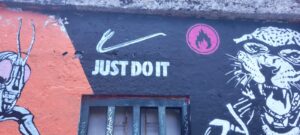
That’s just personal robbery too, with around a thousand commercial robberies, 600 home break-ins and 700 vehicle thefts monthly to go on top of that. Our recommendation is to hang out in a bank – there were only the three bank hold-ups in February.
Violent crime, or at least crime with the implication of potential violence is top of most people’s worry list. But there’s also a whole multitude of infringements often referred to as low-level crime. This runs the gamut from not picking up dog shit, to flytipping, to violating noise regulations. On top of that, there are financial crimes and corruption. We’ll cover that in the next article in this series.
Perception of crime
In general, perception of crime rarely matches up to actual crime levels anywhere in the world – positively or negatively. However, that doesn’t mean it’s not a problem for the next mayor. Indeed, the perception of crime in Bogotá is high, putting it among the worst places in the country, which is far from true. With over 80% of the city considering it an unsafe place to be, you’d think the authorities would be moving heaven and earth to change that.

After all, it’s no good improving safety and bringing down crime levels if no one in the city believes you. After all, with some caveats over Covid, things haven’t got a lot worse in López’ time as mayor. Yet, she’s likely to leave office with the reputation of having seen crime increase under her watch.
This isn’t helped by the fact that people trust their friends and family more than they do politicians and civil servants. If crime levels appear to be down but you’re hearing about how Juan got jacked and María was mugged last week, then you’ll assume (with quite some justification) that the politricksters might be massaging the figures. This allows rumour and hearsay to run rampant.
One of the more worrying aspects to this mismatch between perception and reality hangs on the Venezuelan question. Xenophobia has been bubbling away in Bogotá for years now, and although it hasn’t boiled over so far, it has come to the brink a few times. There are some concerns about jobs, but the main fear is of criminals crossing the border.
This isn’t helped by the mayor and other politicians regularly pinning the blame on ‘extranjeros’, a common dogwhistle to refer to Venezuelan migrants. It’s certainly true that there are criminals among the hundreds of thousands of migrants, but it’s not as if Bogotá was crime-free beforehand. This is mainly a way to pin the blame on the “other” rather than take action to get our own nevera in order.
Police and prisons
There’s a strange paradox about crime in Bogotá. It’s high, but doesn’t have a similarly high arrest rate to match. In some ways, that’s a good thing. There are not nearly enough courts to process everyone and the prison system is already desperately overcrowded despite the low arrest figures – impunity levels are around 90%.
As the police do have to arrest some people, this means the holding cells in police stations are often crammed full of people awaiting charges. These spaces are not designed to function as prisons though and they aren’t for purpose. August alone saw two breakouts from these holding cells.
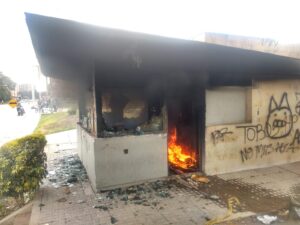
Bogotá has had, at best, a rocky recent relationship with coppers. It’s not too long ago that we saw a volatile couple of days in which various police substations (CAI) were attacked and burnt. This followed Javier Ordóñez dying after being excessively tasered in an arrest. His crime was to have been buying booze late at night.
That was followed by a strange night which saw 11 further deaths under murky circumstances. It seems the police can get into action precisely when no one wants them to. Another death which was the fault of police was student protestor Dilan Cruz. The ESMAD forces which were responsible for that incident have been disbanded, but also recreated in the same outfit with a different name.
What probably frustrates regular citizens more than anything else, though, is the sheer lack of activity from the police. One of the reasons it’s so hard to get decent crime stats is simply that many people won’t even consider reporting incidents as they don’t believe anything will get done. Worse yet, when the police do act, it’s usually to fan the flames of a fire.
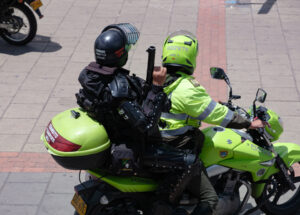
Bogotanos are almost certainly right on that, too. It doesn’t take long to walk around Bogotá and find infractions occurring in front of disinterested coppers. This isn’t always dramatic stuff – colados on the buses, jumping red lights, smoking dope – but it reflects an attitude that the police don’t need to be respected. And you may not even see a uniform, as they have a knack of disappearing.
It’s worth nothing that Colombia doesn’t have regional police forces, only a national one. The Bogotá division is just that, rather than an independent organisation. This makes it hard for a mayor to exercise effective control over the police and worse yet allows for meddling from the central government, who rank higher in the chain of command. If either Lara or Molano pull off a shock victory, this will almost certainly be a factor.
Violent crimes
Disturbing videos from the Séptima over the summer show criminals carrying out carjackings even in the plain light of day. These brazen assaults certainly support those who have the feeling that the state is losing control over the capital.
Buses have been stormed, including intermunicipal routes coming in from the satellite cities. This involves armed thieves entering the bus, beating people and taking wallets, bags and so on. This also happens on the TransMilenio, although there it is sometimes stations that get stormed. In fact, local radio stations broadcast advice on the stations you’re least likely to get mugged in. It seems farcical that the city can’t keep a hold of contained spaces like these.
More worryingly, there have been a couple of high-profile killings recently in the capital. An assassination outside a gym in leafy north Bogotá rightly shocked many, with Claudia’s response being to highlight the victim’s own criminal record. An emerald dealer was assassinated downtown earlier this year, and last week a woman was killed in a chicken shop in Bosa.
While planned hits like this make the headlines, the monthly murder rate often hits triple figures. In less well-reported areas violent crimes are sadly all too common. Femicide, too, has been in the news. A shopping mall murder and the Valentina Trespalacios case took the headlines but many more incidents did not make the news, even though they ruin lives.
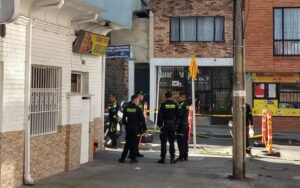
Rape and sexual assault are so underreported that the informes on crime don’t even mention them, generally being grouped under violencia intrafamiliar. Given that these are crimes often underreported globally, it’s no surprise that Bogotá appears to follow suit. Paedophilia and other forms of child abuse are also suspected to be much higher than official figures indicate.
Prostitution is largely ignored and webcam studios are barely monitored, with few cases being prosecuted. A woman was charged with pimping 14 year olds earlier this year, but the explosion in webcam numbers mean all kinds of abuse may be going on.
There are also serious organised crime groups operating in the city, with the Tren de Aragua and AGC both threatening each other. The former was originally a Venezuelan group who now operate multinationally, which has fed into the xenophobia angle.
I’m Batman!
This has meant that the never-far-away spectre of vigilante groups has reared its ugly head again. Not only that, at least one candidate, Lara, has openly called for retired police and military to step up and be his first line of defence. His words are carefully chosen. In anti-government protests of recent years, Primera Línea was the name used by the youngsters facing off against the riot police.
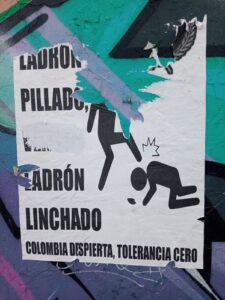
In other protests, the ones against police, there was a different problem, unknown actors seemingly firing on the anti-police protestors. That’s remained shadowy and hasn’t really come to light, with many insisting that they were either plainclothes police acting out of official channels or paramilitaries. The lack of clear information on this simply breeds further rumour and distrust of official channels.
On a less dramatic level, posters have been seen in various parts of Bogotá, making it clear that vigilante action will be taken against thieves. Again, this is no surprise. Both the police and politicians have failed to do anything and opened the door to a desperate public.
Financial crime and others
While it may not grab the headlines in quite the same way, there’s a lot of financial crime in Bogotá as well. Some of this is against the individual, such as card cloning, but there’s also a lot of unpaid taxes and fraud, especially online and over the phone. There is also a smorgasbord of things the police just can’t or won’t even start to think about as they are swamped by robbery reports and homicides.
Street sellers will set up shop directly outside a legal store with action rarely being taken. This makes it hard for legal taxpaying businesses to compete, while standards are often not being followed. Stolen items are often also sold this way, often with police milling about nearby. When challenged, there are protests, as many feel they have a right to sell informally.
A worrying number of these incidents involve riders with no documentation because this is rarely checked until an incident occurs. Look both ways before stepping into the street and cross all your fingers.
Then there’s things like the colados on the TransMilenio. Fare evasion has become so commonplace that it’s almost impossible to take a journey without seeing at least one and probably multiple attempts to jump the ever-growing barriers to entry. This is despite police often being in the station.
Recently, a number of exotic fish were intercepted at the bus terminal en route from the coast, with the illegal animal trade being easy to find. Many shops on the Caracas openly flaunt regulations on animal welfare, with the police rarely stepping in.
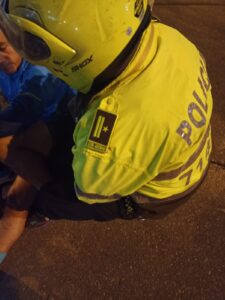
Drug sales are common, it’s hard to walk through Candelaria without being offered coke at least once. In the case of marijuana this is understandable as the police are quite open about tolerance levels, it being generally understood that smoking weed discreetly in a public park won’t attract police attention. This is something that should be formalised, though, so that people know where the lines are.
The roads often appear to be a free-for-all and motorcycle incidents in particular are accelerating as fast as the motos themselves. While a lot of this is personal choice, who they hit certainly isn’t. A worrying number of these incidents involve riders with no documentation because this is rarely checked until an incident occurs. Look both ways before stepping into the street and cross all your fingers.
The official numbers appear to be the tip of the iceberg, which may well indicate the city has a titanic problem. Whoever wins the mayoral race needs to address crime in Bogotá and they need to do so fast. Not only is the public perception way out of step with the urgency (or lack thereof) shown by the local government, but distrust of authorities is also problematically high.

